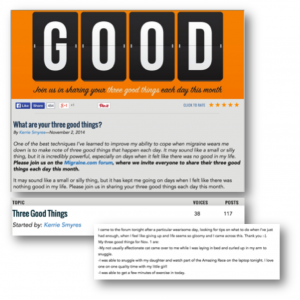Contrary to popular belief that soaring drug prices translates to growing wealth for manufacturers, the royalties within the insulin market are going directly to the middlemen. Also known as pharmacy-benefit managers (PBMs), their purpose in the market is to negotiate rebates and fees based on list prices. In light of the recent price increase of Mylan’s EpiPen, angry consumers are voicing their opinions about the high list prices of everyday drugs.
Since 2011, there have been significant insulin price increases from big manufacturers such as Sanofi, Eli Lilly and Novo Nordisk. Harvard professor Aaron Kesselheim suggests that this can in part be attributed to the growing number of patients under high-deductible plans, shifting the cost from the insurer to the consumer.
However, the revenue acquired by the drug maker after discounts has stayed the same, or in some cases even fallen. Reason being, pharmaceutical companies compete to remain on the preferred drug list by offering deeper and deeper discounts. In exchange for their spot on the list, PBMs demand higher rebates, making it difficult for companies to turn a growing profit.
Steve Miller, CMO of Express Scripts, the largest PBM in the U.S., acknowledges that “certain patients get caught in the middle of this, and we have got to figure out how to put guard rails around that,” such as setting a maximum pharmacy price”.
To read more about insulin pricing and reimbursement from the Wall Street Journal, click here.




